Implications of robotics and autonomous vehicles for the grains industry
Author: Salah Sukkarieh (Australian Centre for Field Robotics (ACFR), The University of Sydney) | Date: 12 Feb 2019
Take home messages
- The Australian Centre for Field Robotics (ACFR) is one of the largest field institutes in the world and has been developing innovative robotics and intelligent software for the agriculture and environment community for over a decade.
- Current agriculture robotics research is conducted for grazing livestock, vegetable, tree crops and the grains industries as well as for small-scale farming in Australia and for developing countries.
- Robotic systems are transitioning out of the laboratory into operational field trials and soon commercial activities will be taking place.
Background
The University of Sydney’s Australian Centre for Field Robotics (ACFR) is one of the largest field robotics institutes in the world. The ACFR has a significant portfolio of both industry-driven and academic projects spanning logistics, exploration, agriculture and the environment, intelligent transport systems, aerospace and marine systems.
The ACFR agriculture robotics group has been conducting research in autonomous remote sensing systems and developing innovative robotics and intelligent software for the agriculture and environment community for over a decade. Our current key research areas are:
- Aerial platforms and machine learning techniques for detection of weeds over large landscapes.
- Ground robotics for the grazing livestock industry.
- Development of crop intelligence and decision support systems for the vegetable industry.
- Low cost robotics for supporting agriculture on small scale farms across a broad range of commodities.
- Using agricultural robotics applications for Science, Technology, Engineering and Mathematics (STEM) education.
The intent of this discussion is to share some of the cutting-edge technologies ACFR are developing and to ask the grains industry if, or how, they believe these, or similar technologies can be introduced to revolutionise grain farming productivity.
Research and technology themes
Activities at ACFR are broadly broken up into five technology themes as detailed in Figure 1.
Each of these five technology themes are applied to various industries as detailed in Figure 2.
This structure demonstrates a typical breakdown of activities and the types of work that go into a typical industrial field robotics project.

Figure 1. ACFR’s research and technology themes and the industries to which they are applied.
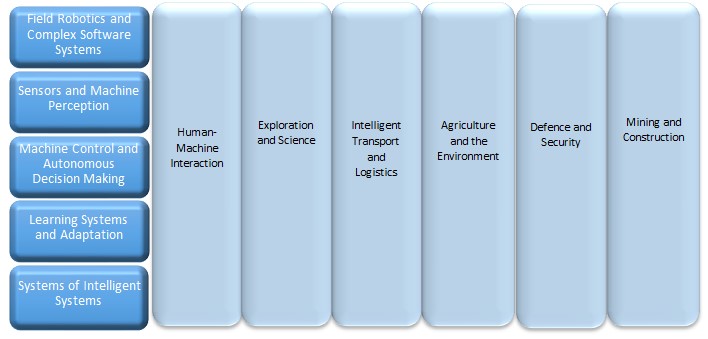
Figure 2. The application areas and the industries to which each of the research and technology themes are applied.
Vegetable industry research
Funded by Horticulture Innovation Australia this project involves the research and development of sensing, automated decision support systems and robotic tools for crop interaction that will enable vegetable farmers to reduce production costs and increase productivity. The Robot for Intelligent Perception and Precision Application (RIPPATM) platform (Figure 3) is used to collect farm data and trial new systems and tools. RIPPATM has been demonstrated in different growing regions in Australia to prove the operational effectiveness of the systems that have been developed.
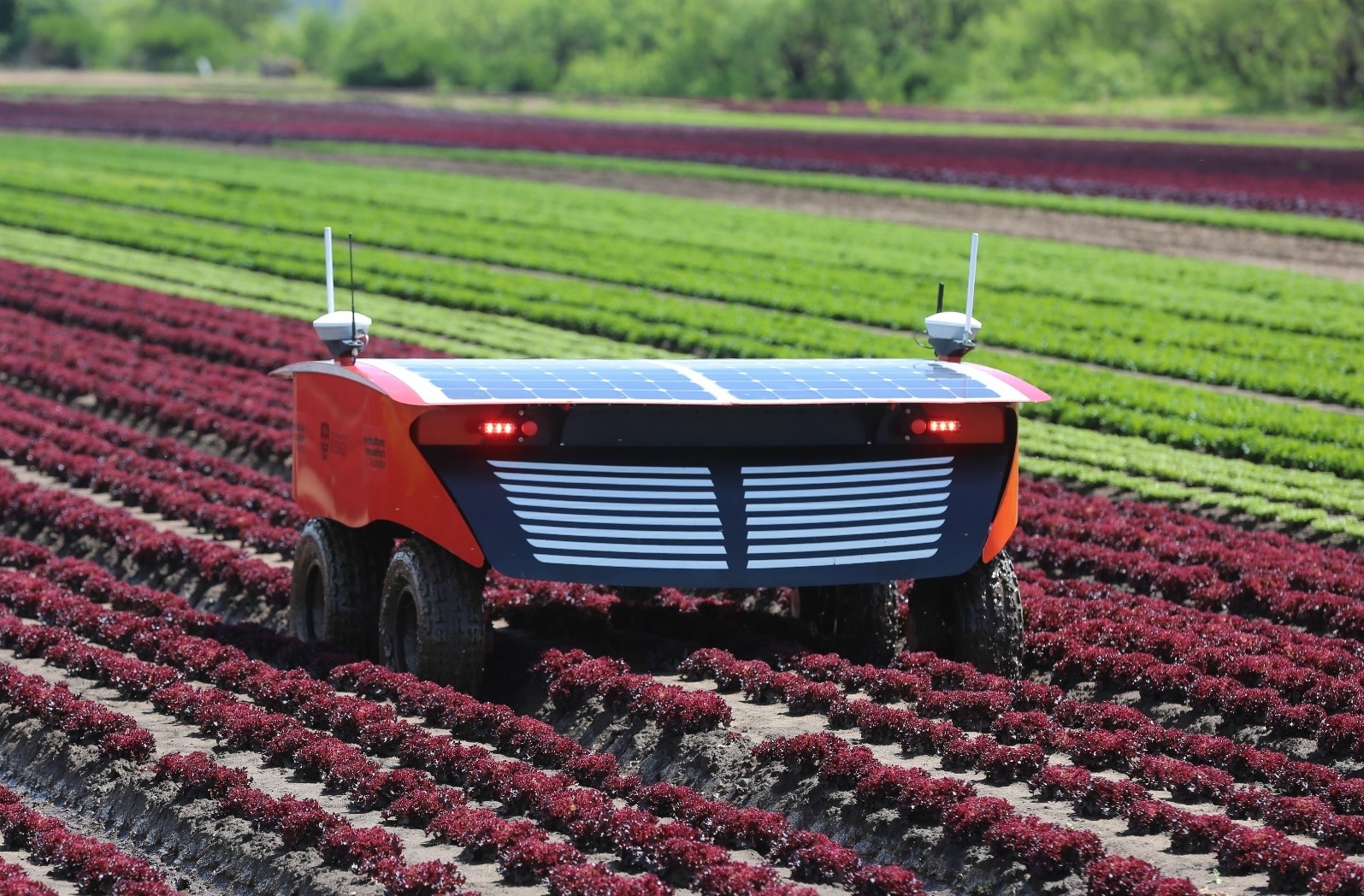
Figure 3. The RIPPATM robot on a lettuce crop in Lindenow, Victoria.
Grazing livestock research
SwagBot (Figure 4) was designed as an all-terrain cattle farming robot. SwagBot has the capability to navigate farm obstacles such as hilly terrain, water, mud and branches. SwagBot can autonomously navigate predefined farm routes, detect and spray weeds (Figures 5 and 6), and herd cattle to better pastures (Figure 7). SwagBot has been extended now to be used in a wide range of commodities such as tree crops (Figure 8).
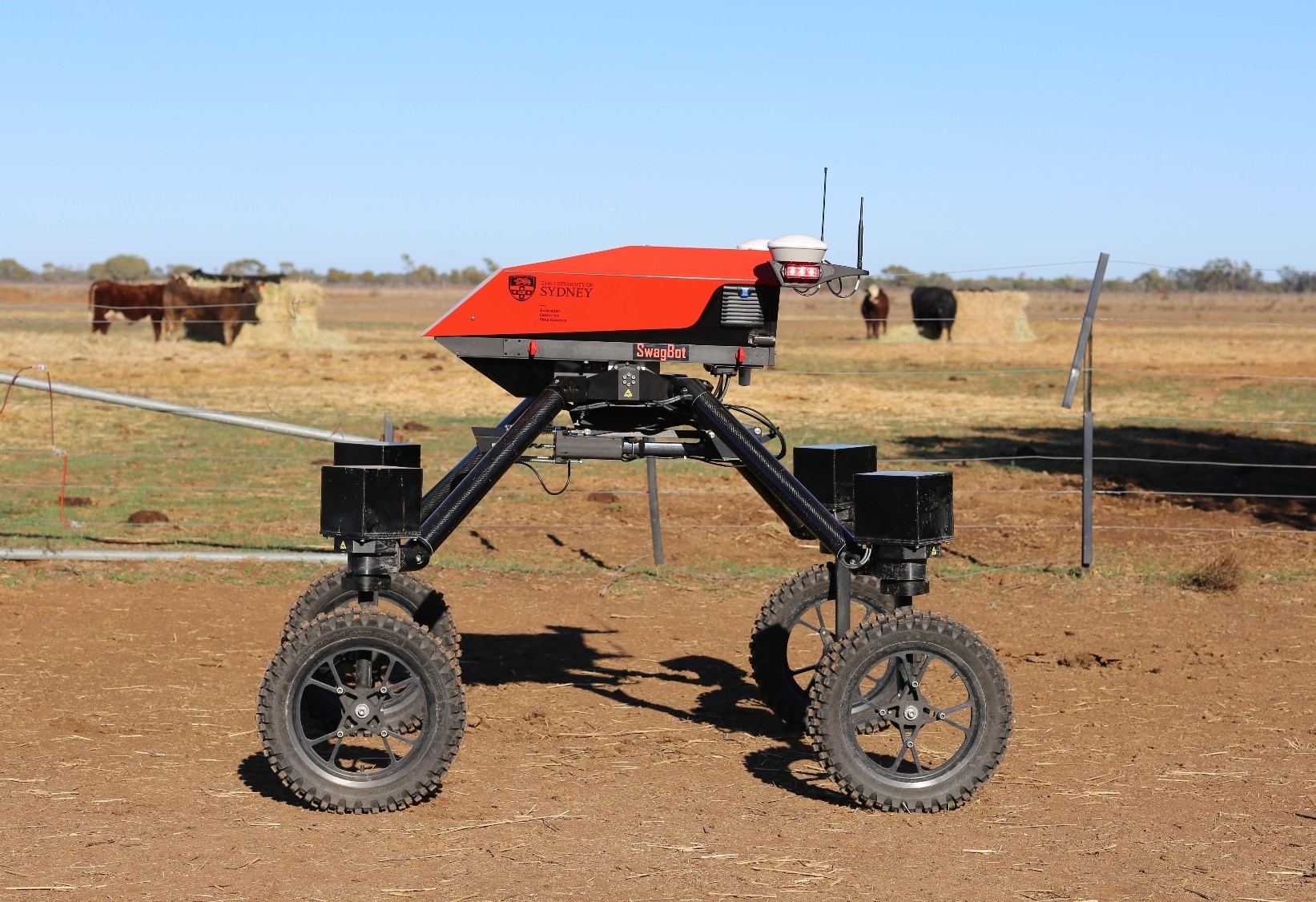
Figure 4. SwagBot on a cattle station in Nevertire, NSW
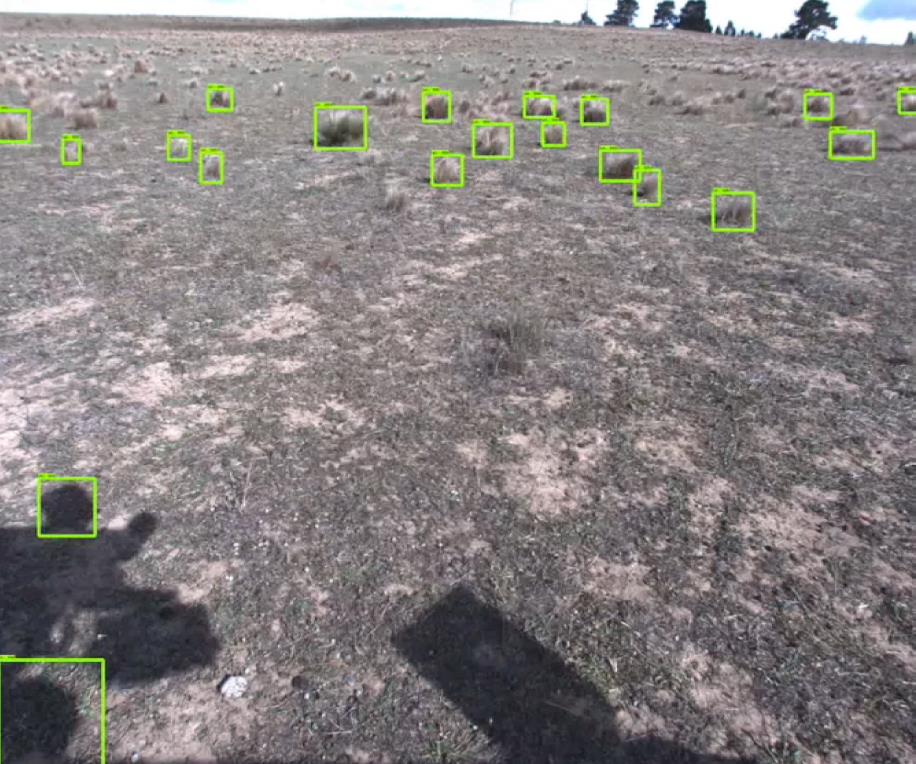
Figure 5. SwagBot detecting serrated tussock.
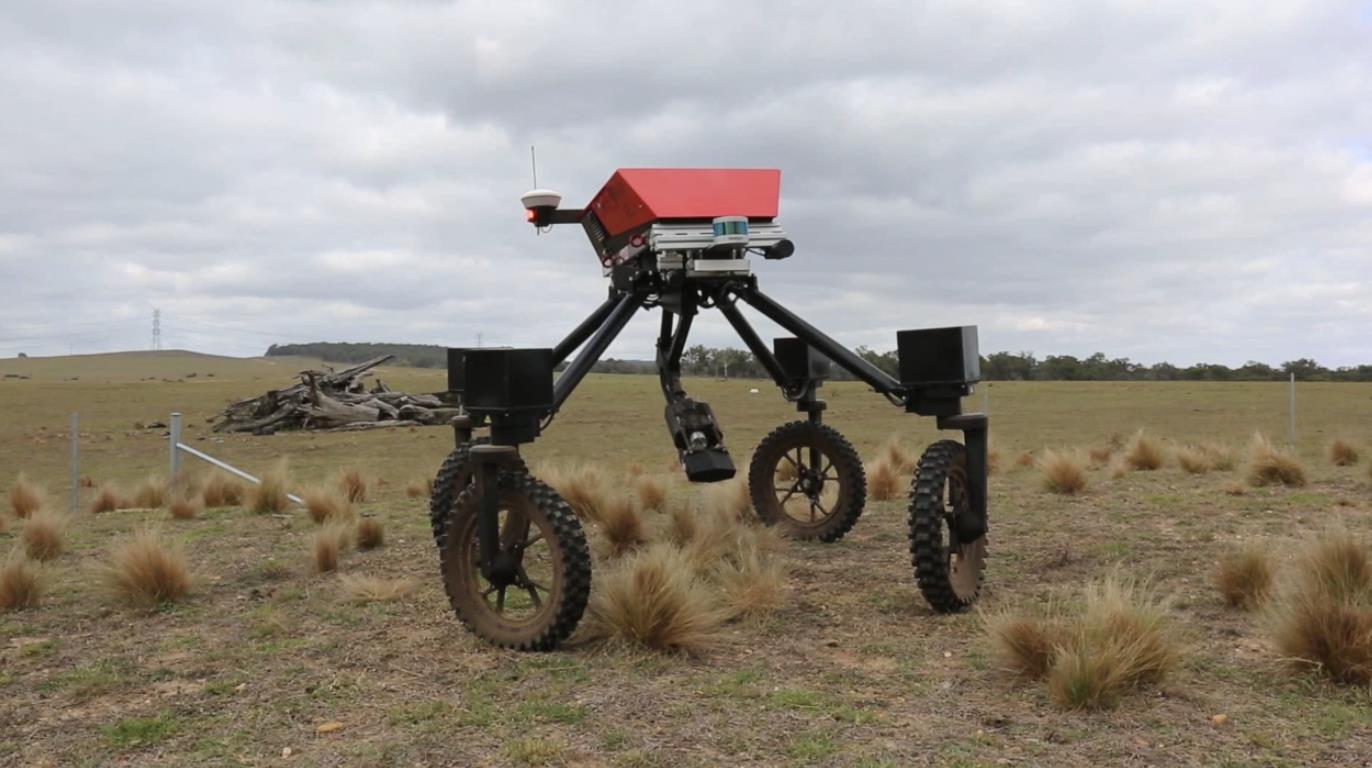
Figure 6. SwagBot spot spraying serrated tussock.

Figure 7. SwagBot herding cattle to better pasture.
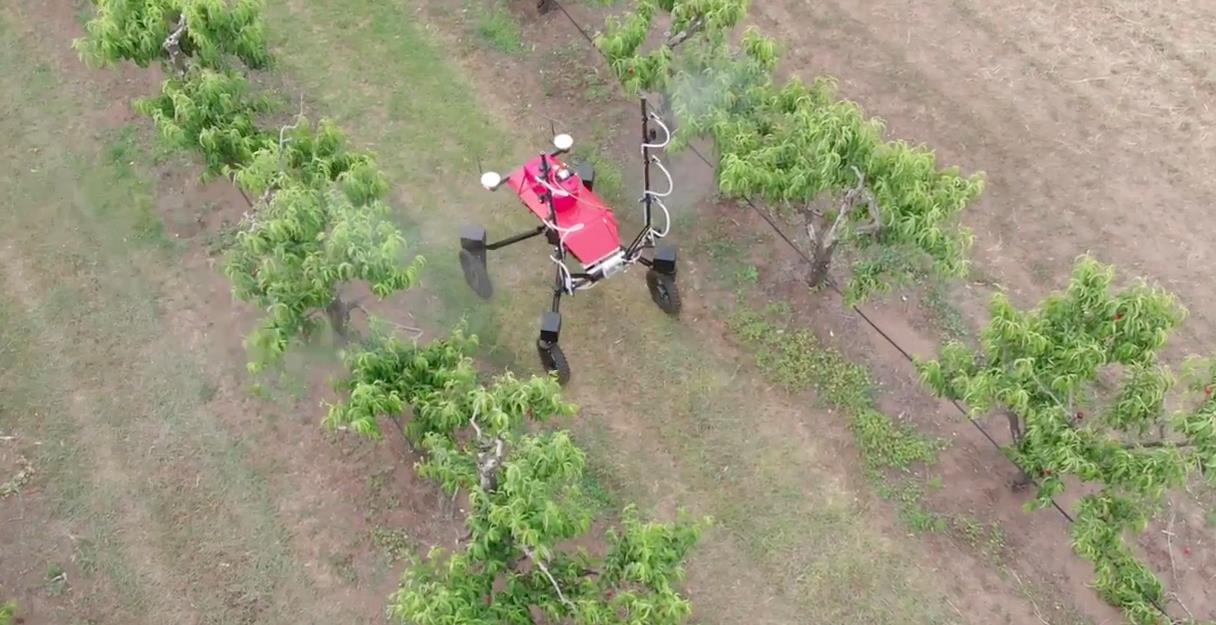
Figure 8. SwagBot used in a tree crop spraying application.
Small-scale farming research
Another key area of research for the ACFR is the development of low-cost robotics for supporting agriculture on small scale farms. The Digital FarmHand platform (Figure 9) is based on the use of low-cost sensors, actuators, computing, electronics and manufacturing techniques which will allow farmers to easily maintain and modify the platform to suit their needs. Similar to a tractor, Digital FarmHand has a hitch mechanism which allows the attachment of various implements. Several implements, including a sprayer, weeder and seeder have been manufactured for the platform. Capabilities to perform row crop analytics (Figure 10) and allow automation of simple farming tasks are now being developed with crop data collected using a smart phone and a low-cost stereo camera during field trials. The aim of the Digital FarmHand is to improve food and nutrition security for row crop farmers in Australia and abroad.
Funding from the Department of Foreign Affairs and Trade (DFAT) has also allowed us to demonstrate the capability of the Digital FarmHand in Fiji and Samoa as part of a trial to understand whether this type of technology would be of benefit to farmers around the world (Figure 11)
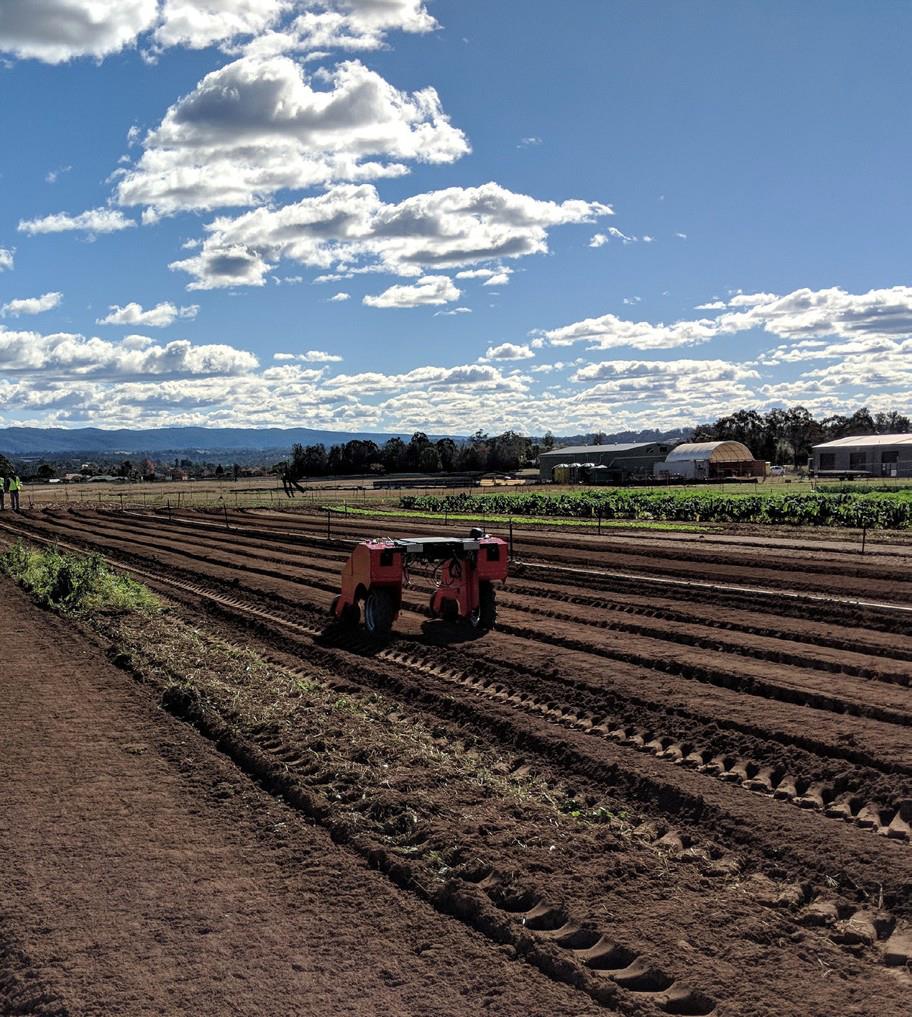
Figure 9. The Digital FarmHand being demonstrated at the Greater Western Sydney Land Service.
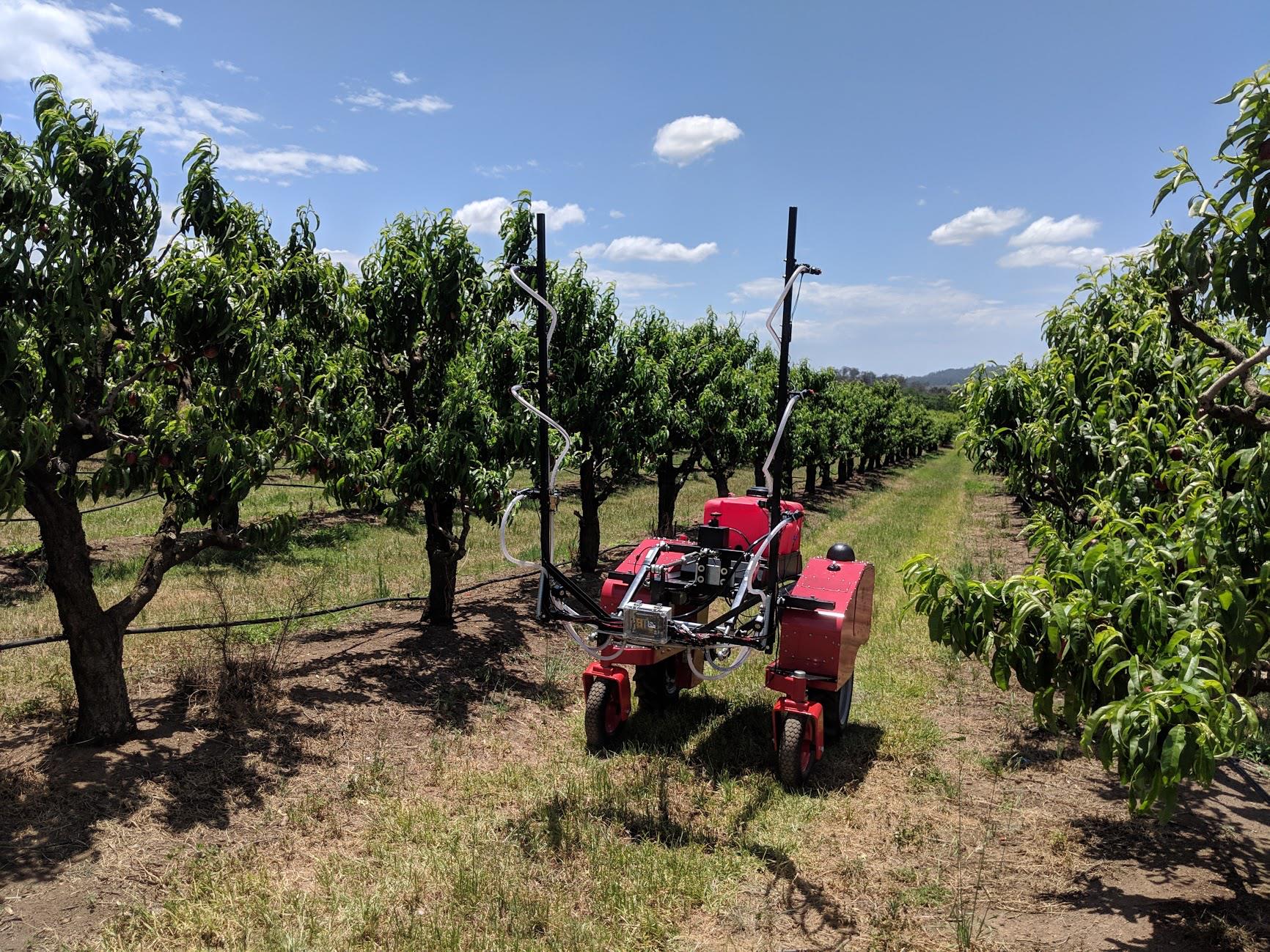
Figure 10. The Digital FarmHand being demonstrated at Cedar Creek Orchards.
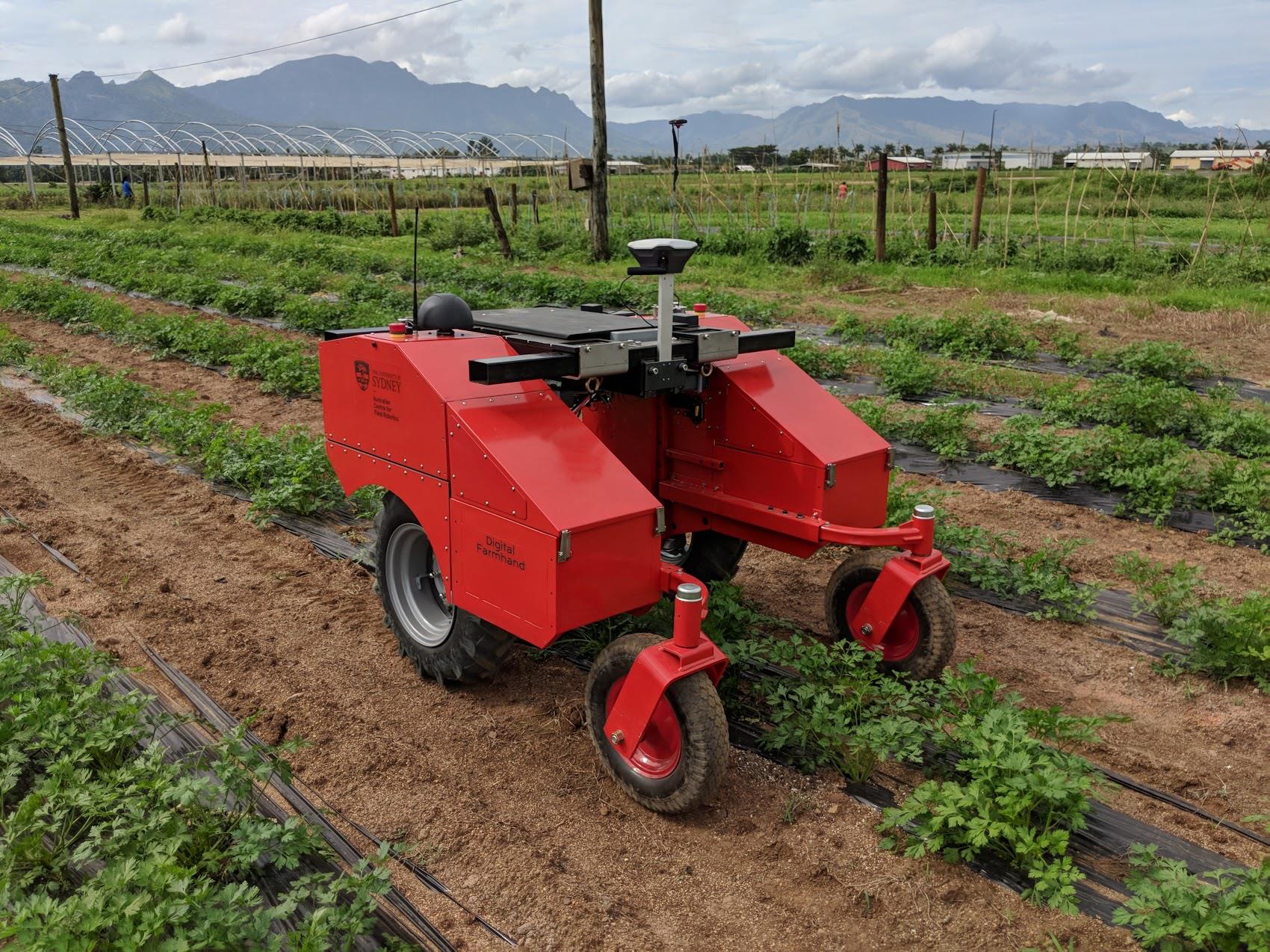
Figure 11. The Digital FarmHand in Fiji as part of the DFAT funded program to support global food security.
As part of an initiative to close the digital divide as well as to encourage technology savvy next generation farmers, the ACFR has all been using the Digital FarmHand in rural schools as part of a robotics and coding challenge funded by the NSW government (Figure 12). It was a huge success in 2018 and will be rolled out to 10 schools across NSW in 2019.
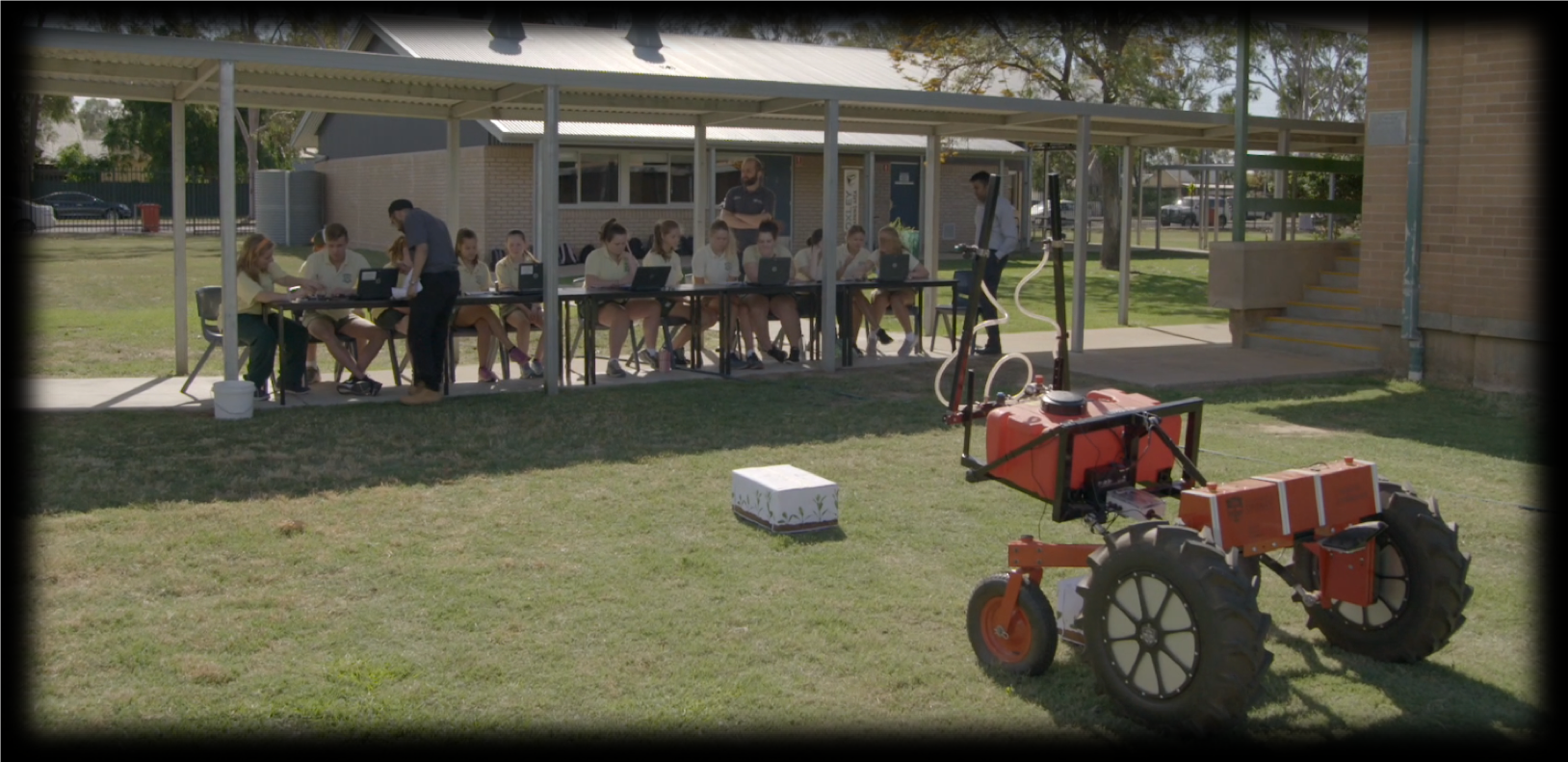
Figure 12. The Digital FarmHand used as part of a robotics and coding challenge in rural schools.
Potential applications in the grains industry
The agricultural systems developed are not just robotic platforms but also include the sensors and algorithms needed for intelligent action on farm. ACFR was recently awarded a GRDC Innovative technologies grant for the development of an autonomous platform suited for large-scale grain production systems that uses actuated mechanical and laser weeding for site-specific control. This will focus on novel sensing and actuation systems that can target weeds without chemicals amongst crops. This will be an entry point for the ACFR into the grains industry.
Conclusion
As one of the world’s leading field robotics groups, the ACFR has introduced transformational technologies into many industries with agriculture being a growing area of research and focus for commercialisation. Our experience in many aspects of the agricultural industry has the potential to be adapted to aspects of the grains industry and this has begun. The intent of this discussion is to share some of the cutting-edge technologies ACFR are developing and to ask the grains industry if, or how, they believe these, or similar technologies can be introduced to revolutionise grain farming productivity.
Contact details
Salah Sukkarieh
Australian Centre for Field Robotics, The University of Sydney
+61 2 9351 8154
salah.sukkarieh@sydney.edu.au
Was this page helpful?
YOUR FEEDBACK
